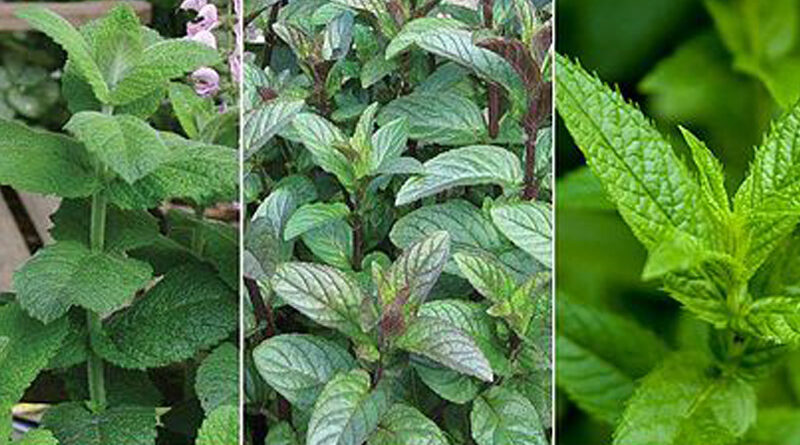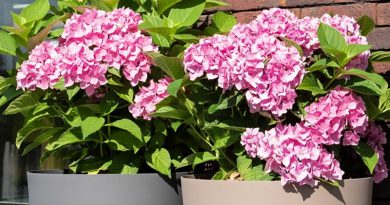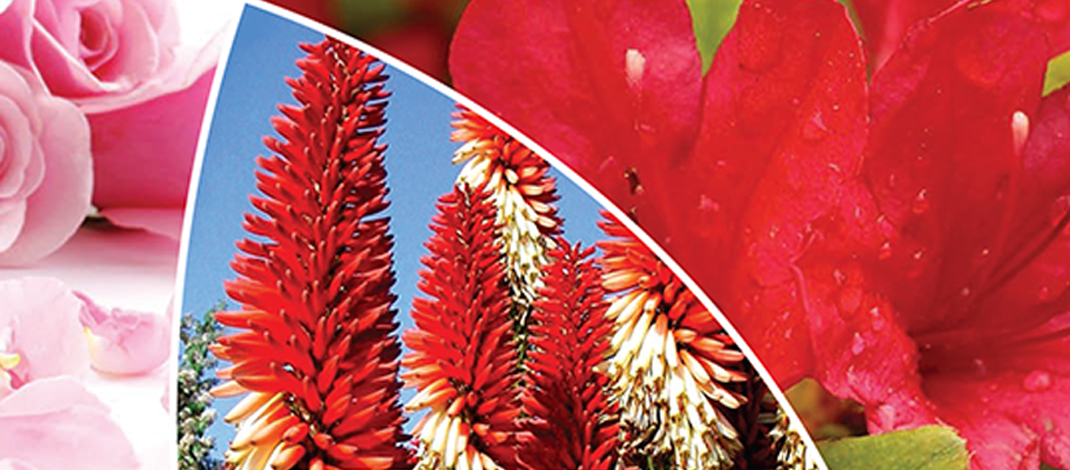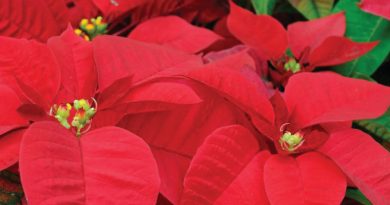Gardening – Herb Focus – Mint
Mint, a refreshing, cooling herb that has many uses: flavouring food, aiding digestion, relieving anxiety and fatigue, as well as acting as a natural insecticide. Mint likes moist, rich soil in a partially shaded spot and regular feeding with an organic fertiliser. It dies down in winter but will come up again in spring.
Of the 25 species of mint, these are some of the favourites:
Culinary Mint Varieties:
– Chocolate mint is a delicious dessert mint for adding to puddings, ice cream and drinks, because of its chocolate peppermint flavour. It grows up to 45cm high with dark green-brown leaves.
– Apple mint is named for the apple fragrance of its hairy, apple-green, serrated leaves. The plant grows 30cm high with mauve flowers in summer. Use it for mint sauce, in cold desserts, sorbet, summer drinks or as a tea.
– Basil mint is a large plant (1m high and 50cm wide) with small leaves that have a sweet, basil-mint aroma. The flavour pairs well with melon, tomatoes and fruit salad, or add it to salad dressings and herbal vinegar.
– Ginger mint is a beautiful mint with serrated, variegated gold-and-green, ginger-scented leaves and small mauve flowers in summer. Use the fresh leaves in salads and for floral decorations.
– Julep mint is the party mint because its sweetly scented leaves are delicious when added to punches, coolers and other refreshing summer drinks. The plant is hardy and low growing (25cm high), acts as a natural insect repellent and can be used to aid digestion.
– Garden mint is the best-known mint, with tasty, very aromatic, mint-flavoured leaves. It is delicious in salads, sauces, salad dressings, summer drinks, desserts and teas. It can also be used to aid digestion and is less pungent than black mint or peppermint. It is a useful natural insecticide.
– Spearmint is very similar to garden mint but has a crisper flavour and crisper leaves. Like garden mint, it is a fragrant, cooling herb for adding to drinks, desserts and savoury dishes, and for making into a soothing tea.
– Medicinal mint – Black mint has strong digestive properties, and a tea made from its leaves can be served at the end of a rich meal. The very dark brown, oval leaves have a strong peppermint scent, and the plant produces purple to pink flowers in summer.
– Slender mint is a mat-forming groundcover with small green leaves and clusters of light purple flowers. The leaves release a mint fragrance when crushed and they are insect-repellent. Use like pennyroyal or Corsican mint.
– Pineapple mint leaves and flowers can be used in salads, desserts, drinks, with vegetables and in fruit salads. The small white flowers are a pretty garnish. It has a height and spread of 50cm.
– Fragrance mint – Eau de cologne mint is a tall-growing mint (60 cm) with a fragrance that is reminiscent of lavender water with citrus overtones. Infuse and add to bathwater or potpourri, and use as an air freshener. It produces clusters of lilac flowers that contrast with dark green leaves.
– Liquorice mint (anise hyssop) has anise/liquorice-smelling leaves. The plants need to get acclimatised before they really take off. They like a rich soil and seem to overwinter better if you don’t cut them back until spring. Excellent as a herbal tea and in potpourri.
– Insect-repelling mint – Pennyroyal mint comes in two types: a creeping variety that can be used instead of lawn, and a more upright-growing variety. Both repel ants and fleas, and the leaves release a strong peppermint fragrance when stepped on.
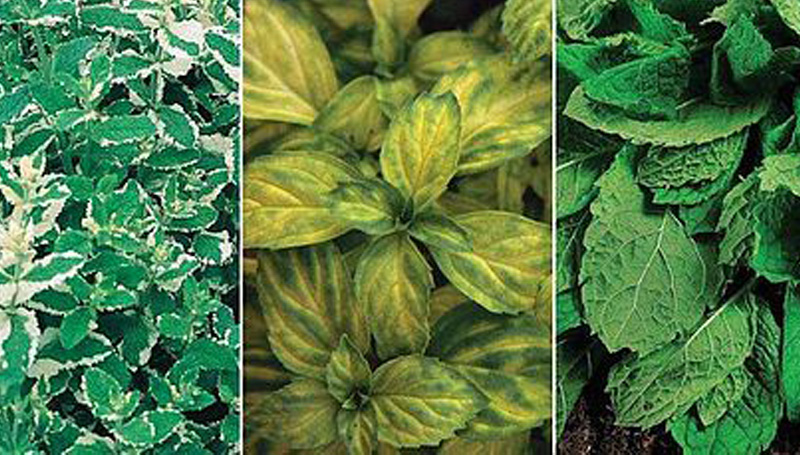
INNOVATIVE GARDENING SOLUTIONS SINCE 1877
https://www.starkeayresgc.co.za/
Starke Ayres Garden Centre Sunningdale
Sandown Road, West Coast Village Shopping Centre
Tel: 021 554 8450/1
Email: info1@starkeayresgc.co.za

